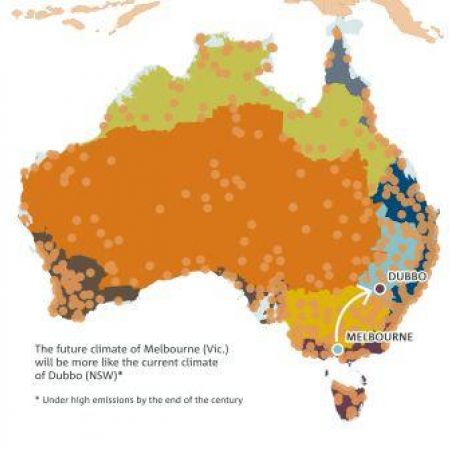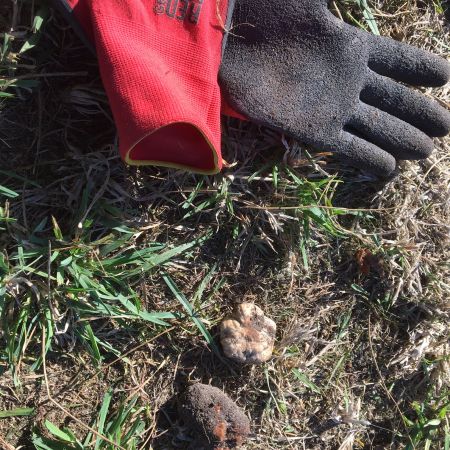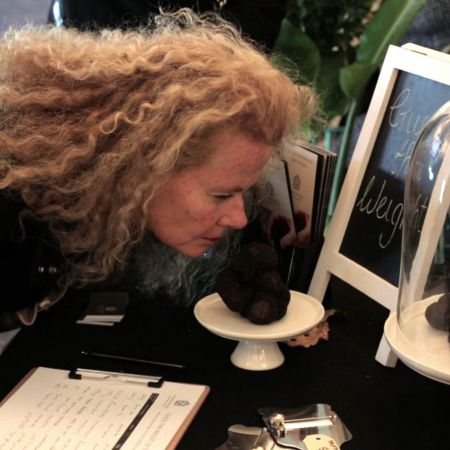
The three mini heatwaves (three or more days straight over 35 degrees) earlier this summer have been testing here in the Truffle Paddock. It’s a challenge to manage for these conditions and after taking account of the weather, you at least need to consider your soil type and the varieties of host trees you have. There’s no textbook for this! Right now this coming season's truffles have mostly already formed in the ground – they did this in early summer, and now their task is to swell and ripen – they especially need watering in mid to late summer to do this.
Every truffiere is different, so learning how to best manage your patch requires close observation, lots of research, and then gauging the result sometime 6, 12 or 24 months later, depending on the chosen irrigation, weed management, truffle re-inoculation and other management techniques you adopt. You have to be a bit mad to be a truffle farmer – who else would plant a crop when we don’t even know what triggers that crop’s fruiting!
Our soil is relatively sandy for a truffle patch. It’s a sandy loam which gives great drainage and produces well rounded truffles, as the fruiting bodies don’t have to push against harder clay or rockier type soils as they swell and ripen, so they can expand more easily.
But what is the right irrigation regime for unusually hot conditions? Every truffle farm has different conditions, and even on a small farm, soil types are often different across different areas of the paddock, and so require a different approach.
We know that some water stress is necessary to encourage the symbiotic relationship between the host tree and the truffle. The truffle helps feed the tree and also accesses water the trees can’t otherwise get to. So if the plantation is consistently well watered, they don’t really need the truffles, and this partnership is at risk. Over watering can also increase truffle rot. Too little water, and some of the truffles (especially those higher up in the soil profile) are at risk.
As a rough benchmark and depending on soil types, if there’s been no rain, irrigating every 7 – 15 days is what I do. However, given our sandy loam soil profile and the need to avoid letting the paddock dry out, I’ve been watering at least once a week and sometimes more when the forecast is that yet another heat wave is coming. Our sandier soil means we need to water more frequently, but for a shorter time than others with more clay in their soil. Here in the Truffle Paddock, the water soaks in and drains more easily than elsewhere.
The sprinklers in our paddock deliver 37 litres per hour and there’s one for each tree. This summer I’ve managed to keep competing weeds well under control so I’ve been watering each of our five irrigation zones for 45 minutes to 1 ½ hours, depending on soil type and location.



